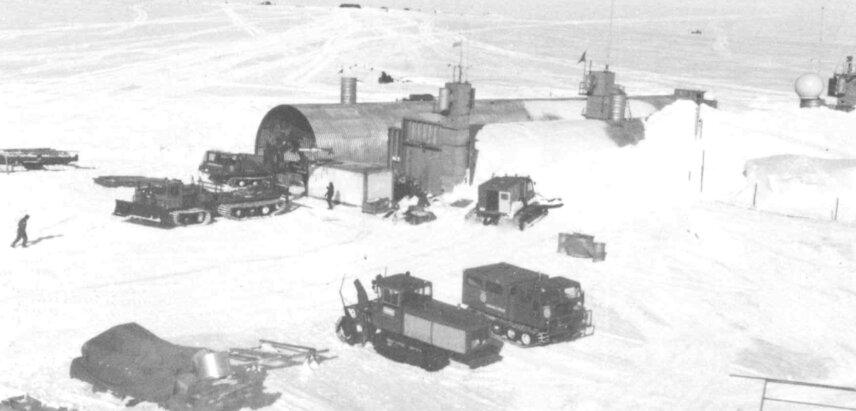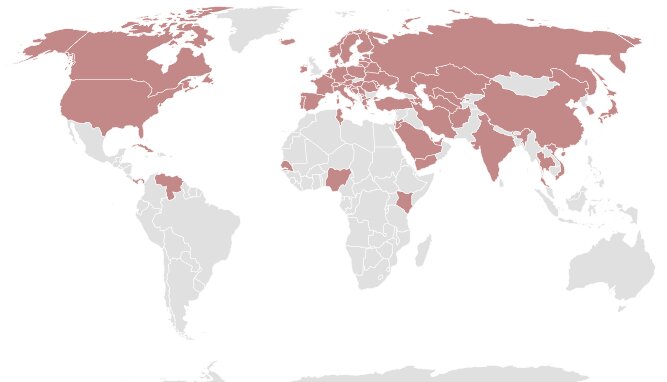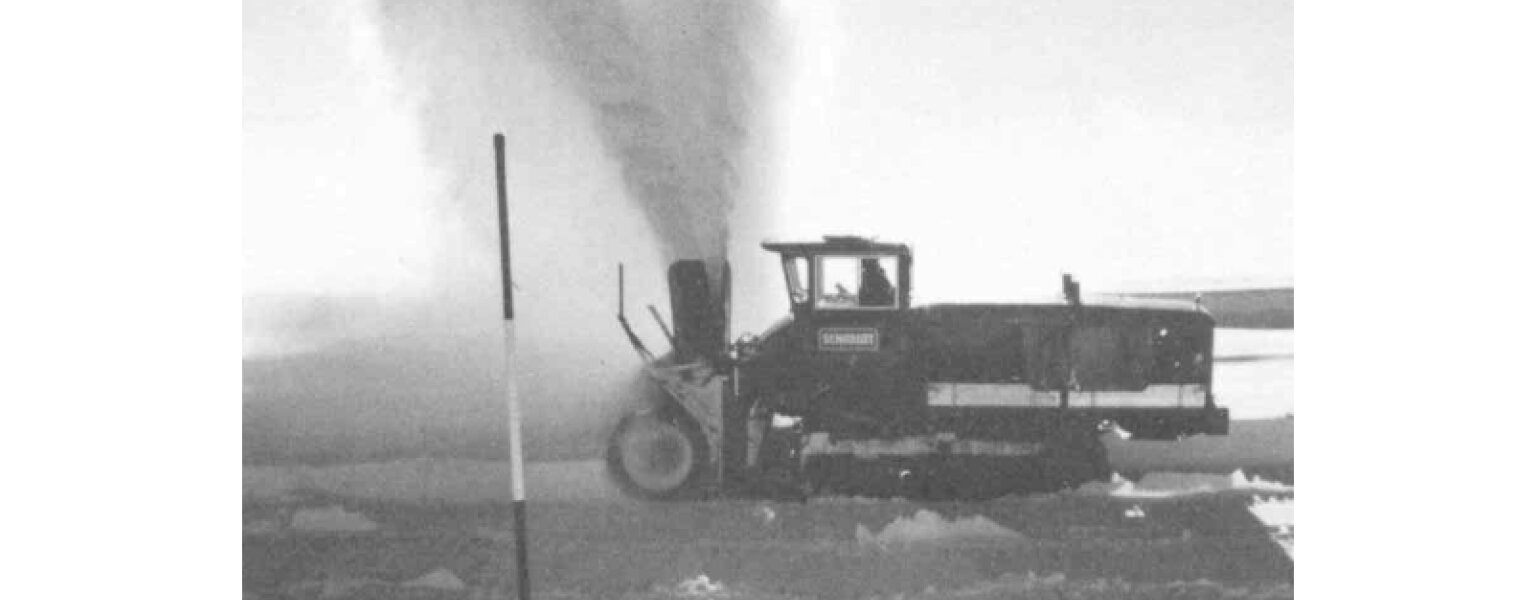Alfred Schmidt Junior, the son of our founder, was not only a smart inventor (A Schmidt Invention for Eternity), but also an ambitious sportsman with a German and European senior champion title in long jump. His favourite sports were not only the classical sports, but he also saw driving machines as a sport. Accordingly, he never missed an opportunity to demonstrate them himself.
Demonstrations all over the world
This endeavour led Alfred Schmidt Junior to the Himalayas at the beginning of the 1970s. At that time the Indian army had launched a tender for snow clearing. The machines were planned for the highest pass, the Taglang La (today part of the Union Territory Ladakh). This pass is 5,317 metres above sea level and can only be travelled from June to September. It connects the cities of Manali and Leh. The first one is a popular tourist destination and is considered the starting point for high mountain tours. Today, Leh is known for its Buddhist landmarks, including a former residence of the Dalai Lama, but also for its trekking areas.
Unfortunately, the Indian army did not yet choose Schmidt vehicles at that time. However, in 1982 Schmidt was given the opportunity to supply approximately 25 units of VF 5-L snow cutters for clearing mountain passes in India.

In 1982, Alfred Schmidt Junior was part of an excursion of a delegation of executives from the industry to South Africa. Since the South African Ministry of Transport had not yet responded to a tender, he took advantage of the trip and visited the Ministry of Transport in Pretoria in person. The German Research Society had already purchased a VF 3-HR snow cutter in 1980 for the construction of its research station in the Antarctic. Now the South African Research Society S.A.N.A.E. had also officially ordered a VF 3-HR, directly from Alfred Schmidt.
1983 the order for the third snow cutter followed. This time the machine was ordered by the Australian Research Society. It also was used for operation in the Antarctic.
The VF 3-HR was specially developed for this purpose and can withstand working temperatures down to -30 °C and storage temperatures down to -60 °C. Alternatively, it can also be used as a towing vehicle.
Snow cutter enables entry into the airport business
The first version of the snow cutter, which later cleared the passes in the Himalayas or Antarctica, made it possible to enter the airport business as early as 1960. In the first 25 years, the VF1 was mainly sold in combination with snow ploughs. Then, in the mid-1980s, spreaders, sprayers and the CJS (Compact Jet Sweeper) were added, which were continuously developed to provide on-going support to airport operations. The CJS is a compact jet sweeper with a front mounted snow plough. This enables efficient snow clearing at high speeds and low amounts of snow. In 2004, the range was expanded with the TJS (Towed Jet Sweeper), a towed version of the jet sweeper with a front mounted snow plough. In 2017 Schmidt launched the CJS-DI, a multifunctional jet sweeper with de-icer.

Today, Schmidt vehicles are in use at approximately 1,335 airports in about 70 countries. And the company is working on the development of further customer-specific solutions in order to be able to offer the best possible technologies for airports in future, even from driver assistance systems to autonomous driving.
